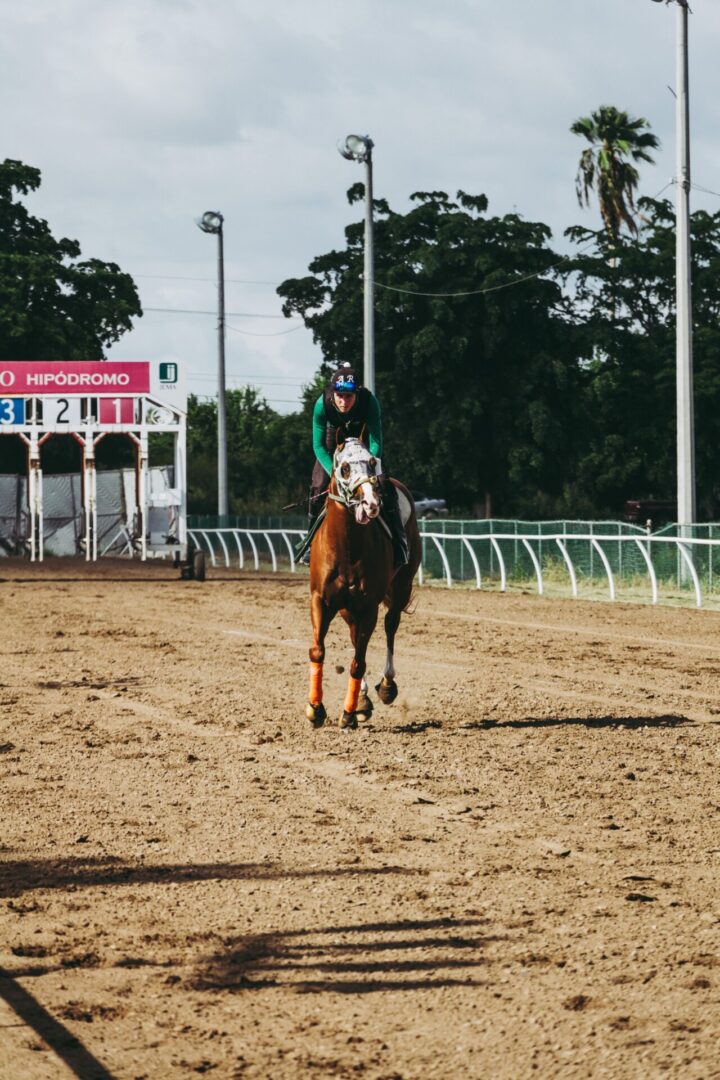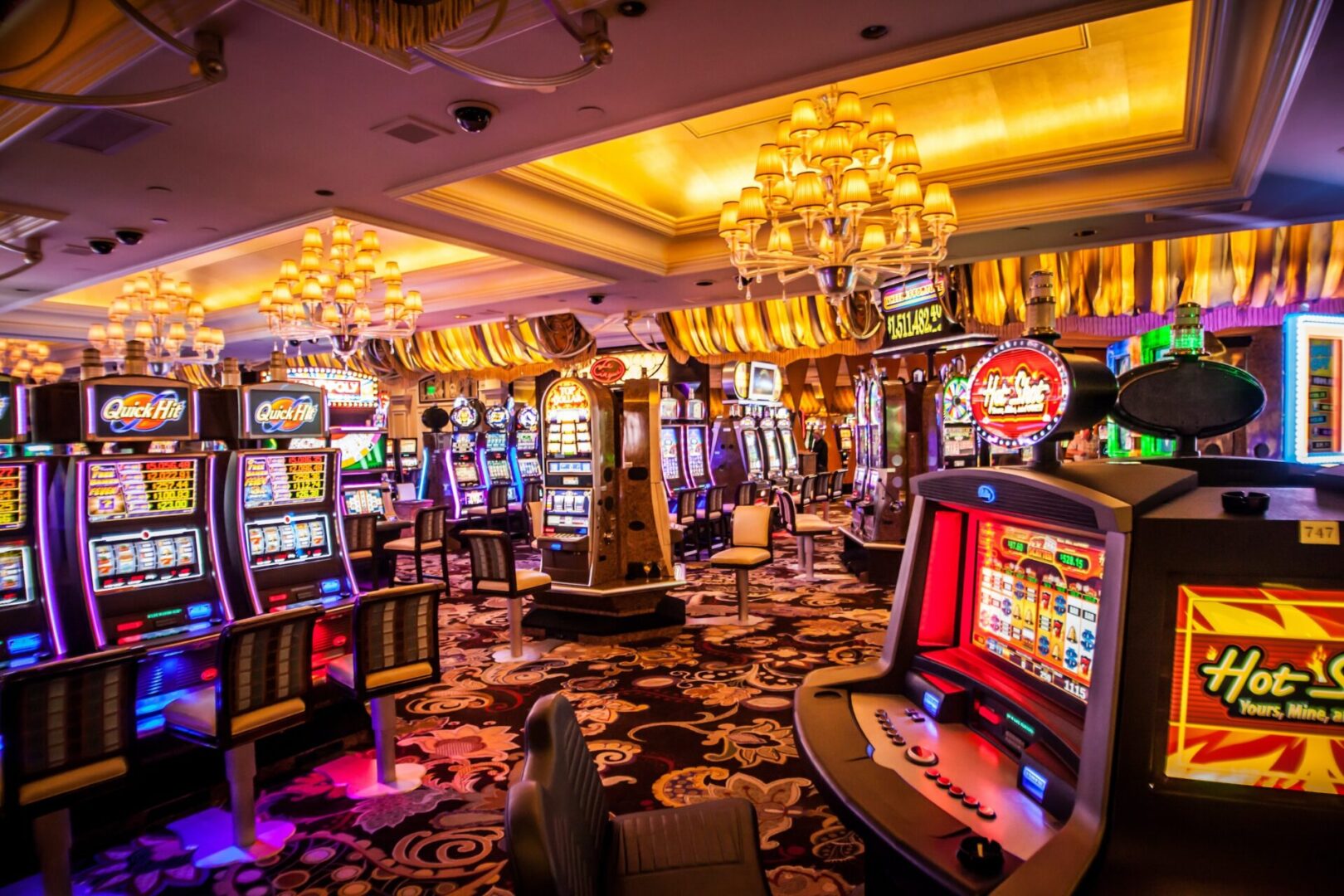
Equine Risk Management Group and Associates, LLC SERVICES
Equestrian Surface Management
Equestrian Surface Management refers to the practices and strategies used to maintain and design proper surfaces for the intended equestrian use. These surfaces can be indoors or outdoors, natural or artificial, and may include different materials such as sand, dirt, grass, rubber, or synthetic fibers. The quality, consistency, and safety of the surface can have a significant impact on the health, safety, comfort, and performance as well as on their riders.
Some aspects of equine surface management include:
Overall, equine surface management requires careful planning, attention to detail, and collaboration between different stakeholders, including trainers, veterinarians, arena managers, and riders. By providing a high-quality and consistent surface, equine surface management can help prevent injuries, enhance performance, and improve the well-being of horses and riders alike.


Equine Risk Management
Equine risk management refers to the identification, assessment, and management of risks associated with equine-related activities. This includes activities such as horse riding, horse training, horse breeding, horse racing, and other activities involving horses.
Equine risk management involves several key steps:
Effective equine risk management is essential for ensuring the health and safety of horses and people involved in equine activities. It requires a thorough understanding of the risks associated with equine activities and a commitment to implementing effective risk mitigation strategies.

Horse Racing And Gaming
Equine Risk Management Group and Associates, LLC (ERMG-A) offers professional and passionate guidance for the complete development of horse racing venues, including gaming and additional equestrian and other profit generating centers.
These facilities offer a wide range of gaming selections that caters to the specific needs of every gaming enthusiast.
ERMG-A provides suggestions to meet the needs of every gaming enthusiast through of vast experience of over 40 years.
Whether the interest is in live or simulcasting (local or international) horse racing, or playing electronic games, ERMG-A has the knowledge and expertise for a successful venture.

Equestrian Performance Fencing
Equestrian Performance Fencing refers to a type of fencing explicitly designed for horse sports and equestrian facilities.
Equestrian Performance Fences are typically made of durable materials, such as wood, PVC, vinyl, or metal, and are designed to provide a safe and secure environment for horses to compete and train in.
Equestrian performance fencing typically has a few key features that distinguish it from other types of fencing. These may include:
Equestrian Performance Fencing can be used in a variety of equestrian disciplines, including racing, dressage, show jumping, eventing, and more.
It is commonly used for race courses, arenas, paddocks, and pastures and can be customized to meet the specific needs of the facility and the horses that use it.

